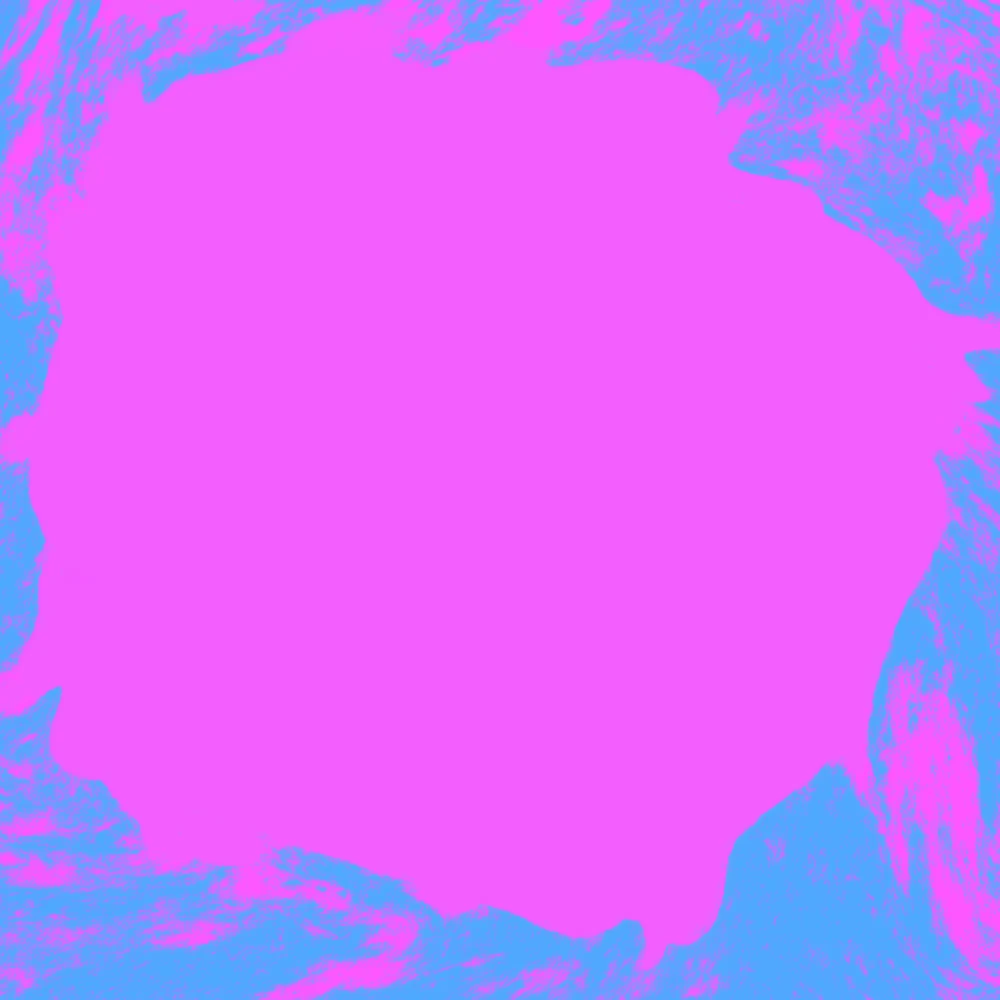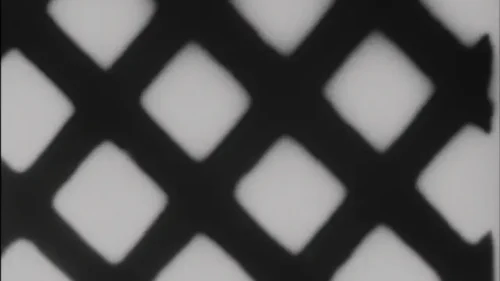
SALAD
Light and dark in patterns of play.
Netherlands 1972 / 5:00 / Director: Mattijn Seip
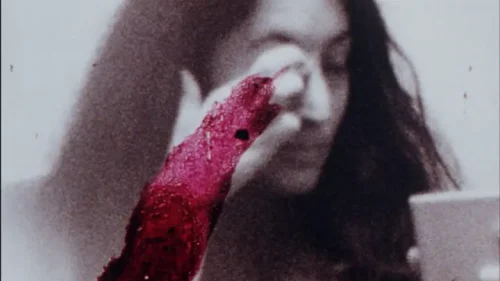
RETOUR D’ENFANCE
Photos and film footage are edited, damaged, scratched, and painted. The original images are only vaguely recognisable, as if they are already part of our ‘tainted’ memory. The film was made in response to the death of Janis Joplin.
Netherlands 1969 / 14:00 / Director: Mattijn Seip
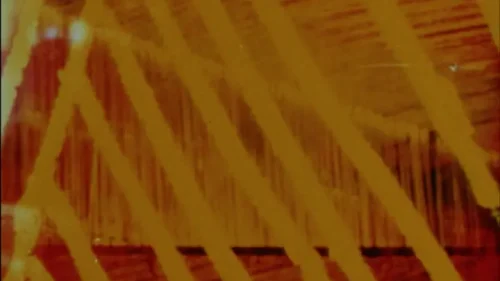
COLOR SLIDINGS
Abstract colour compositions in yellow, red, and blue, created using an optical printer, are assembled layer by layer. Seip was trying to create an effect of depth in his film; this sense is reinforced by the intensity of the colours.
Netherlands 1972 / 14:00 / Director: Mattijn Seip
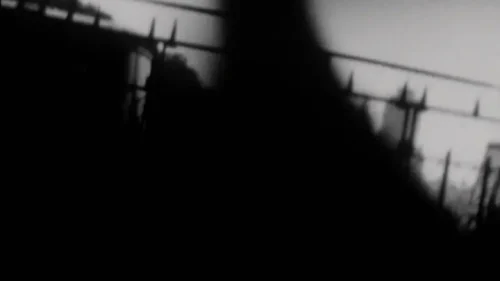
DOUBLE SHUTTER
Shots of a street filmed from a swing. An additional shutter has been mounted in front of the camera, creating a pulsating flicker effect. This causes the image to be interrupted and divided thirty times per second.
Netherlands 1970 / 13:00 / Director: Mattijn Seip
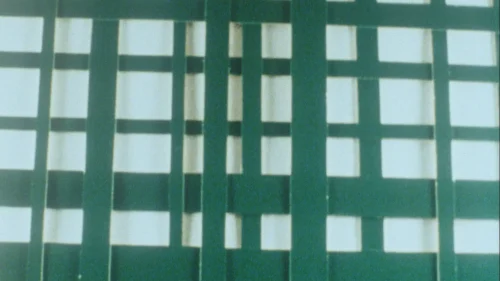
AFTER THE COLOURS
For After the Colours, Mattijn Seip filmed abstract collages of strips. The first part of the film consists of footage shot by using rotating objects that were located between the camera and the collage. The image is thus split, causing a hypnotic effect. The second part of the film consists of a single shot of collages that keep changing. The images are interrupted by shots of flat colour surfaces.
Netherlands 1972 / 5:00 / Director: Mattijn Seip
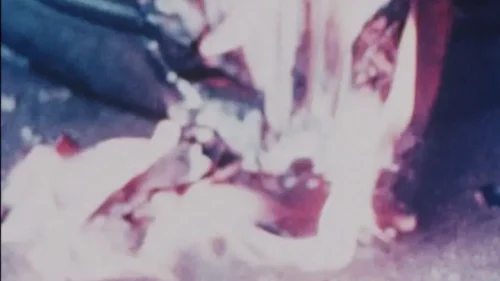
RUBBISH
A film about the beauty of impermanence and about everything that people throw away. A mix of recognisable images from reality and abstract images, which have been painted or made using colour filters.
Netherlands 1970 / 12:00 / Director: Mattijn Seip
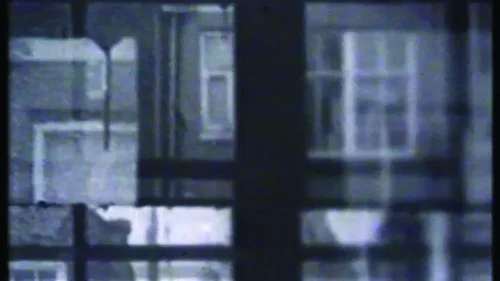
POSITIVE NEGATIVE LIGHT VIBRATION
Investigation printed on an optical printer of inside and outside a film window.
Netherlands 1971 / 9:00 / Director: Mattijn Seip
